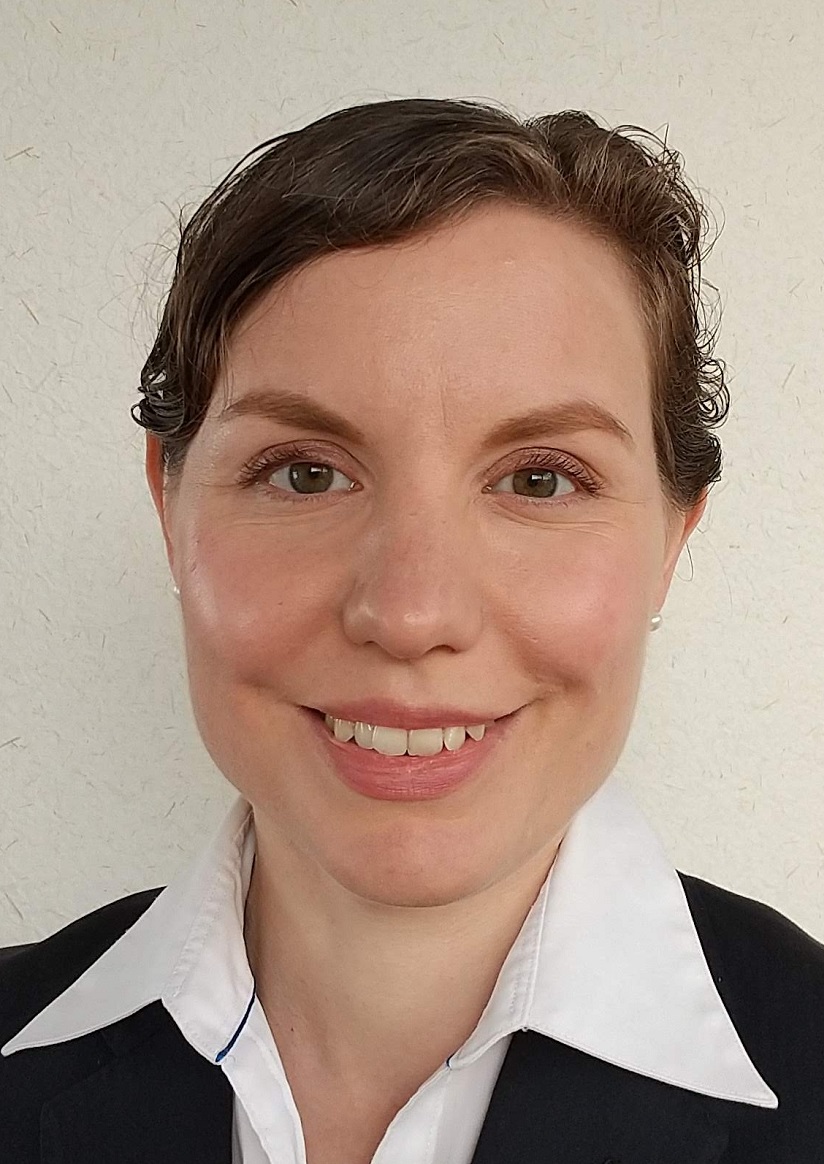
Chief Researcher Ilona HOFFMANN
Teijin-Nakashima Medical Co. R & D Centre, Japan
Introduction of the Speaker
Ilona Hoffmann, has completed Mechanical Engineering (Dipl.-Ing.) with a focus on metals from Karlsruhe Institute of Technology (Germany) in 2004 – 2010, then completed Materials Science and Engineering (Ph.D.) [ Dissertation: “Magnesium- Titanium Alloys for Biomedical Applications”] from University of Kentucky (USA) in 2010 – 2014 and also completed Scholarship “Language & Practical Experience in Japan” (Japanese language study and internship at Teijin Nakashima Medical) from German Academic Exchange Service (DAAD) in 2014 – 2016. Currently working in Teijin Nakashima Medical Co., Ltd. R & D Department on Characterization of 3D-printed Ti 64 alloy and Development of porous surface structures for implants since 2016.
Session:
18 February 2022
10:00 AM - 11:00 AM
Controlling the Friction Coefficient of Porous Structures Through 3D Printing Parameters: In order to achieve early bone ingrowth for biological fixation, strong initial fixation through a porous structure with a high friction coefficient is necessary for cementless implants. With the traditionally used porous structures (e.g., Ti mesh, plasma spraying) it is difficult to freely alter the friction coefficient, but metal 3D-printing allows for control of the friction coefficient. We used a 3D printed porous geodesic structure (GS) to explore and evaluate the influence of printing direction and the addition of spikes onto the surface.
The friction coefficients of 4 variations of GS were compared to that of Ti mesh. GS structure with spikes shows a 300% higher friction coefficient than Ti mesh. The 3D printed surface shows a fabrication direction dependent surface roughness that leads to a 150% change in friction coefficient. The friction coefficient of the GS structure changes by roughly 30 % with the addition of spikes on the surface.
